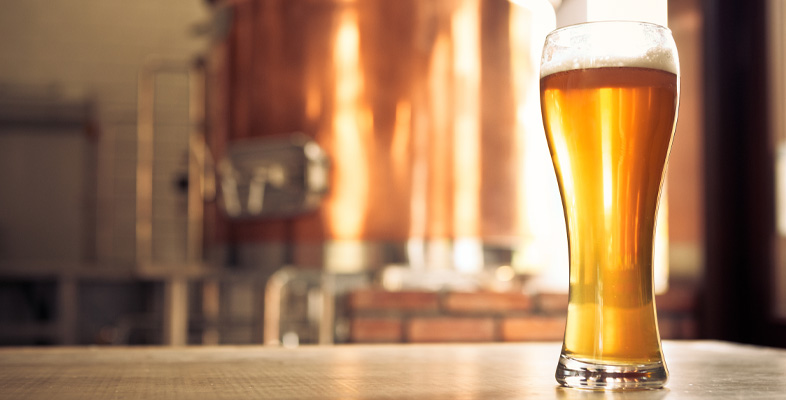2.2 Microbreweries
A microbrewery, by definition, produces beer on a much smaller scale than a large commercial brewery. Microbreweries began to emerge in the 1970s, but have increased significantly in recent years. You may have heard microbreweries referred to as craft breweries, which produce so-called craft beers on a small scale, for example the range of American craft beers. Microbreweries are often independently owned and so have the flexibility to brew whatever consumers are demanding – they are not constrained by the scale of the large commercial breweries. Microbreweries often have their own pub, known as a brewpub, in which their own beer is sold exclusively.
In the following video, Danny Allwood and Paul Kosmetatos discuss the merits of microbrewing and the impact this has on the brewing industry as a whole.

Transcript
After listening to this discussion, what do you think is the main factor driving the development of both the brewing and distillation industries?
Consumer demand is the main factor. In the case of brewing, the demand by consumers (and organisations such as CAMRA) for better quality and more diverse beer has led to the development of microbreweries which have the flexibility to produce a wider range of different beers.
